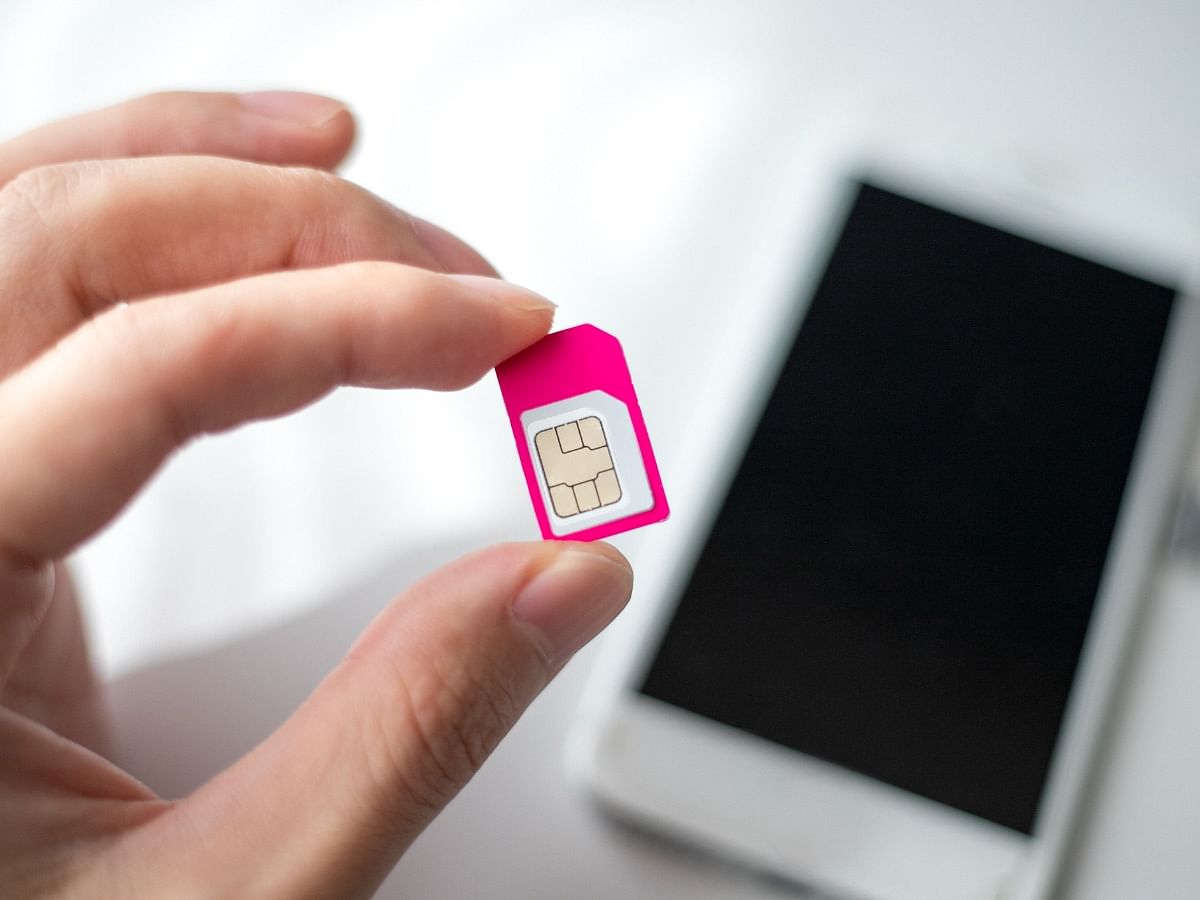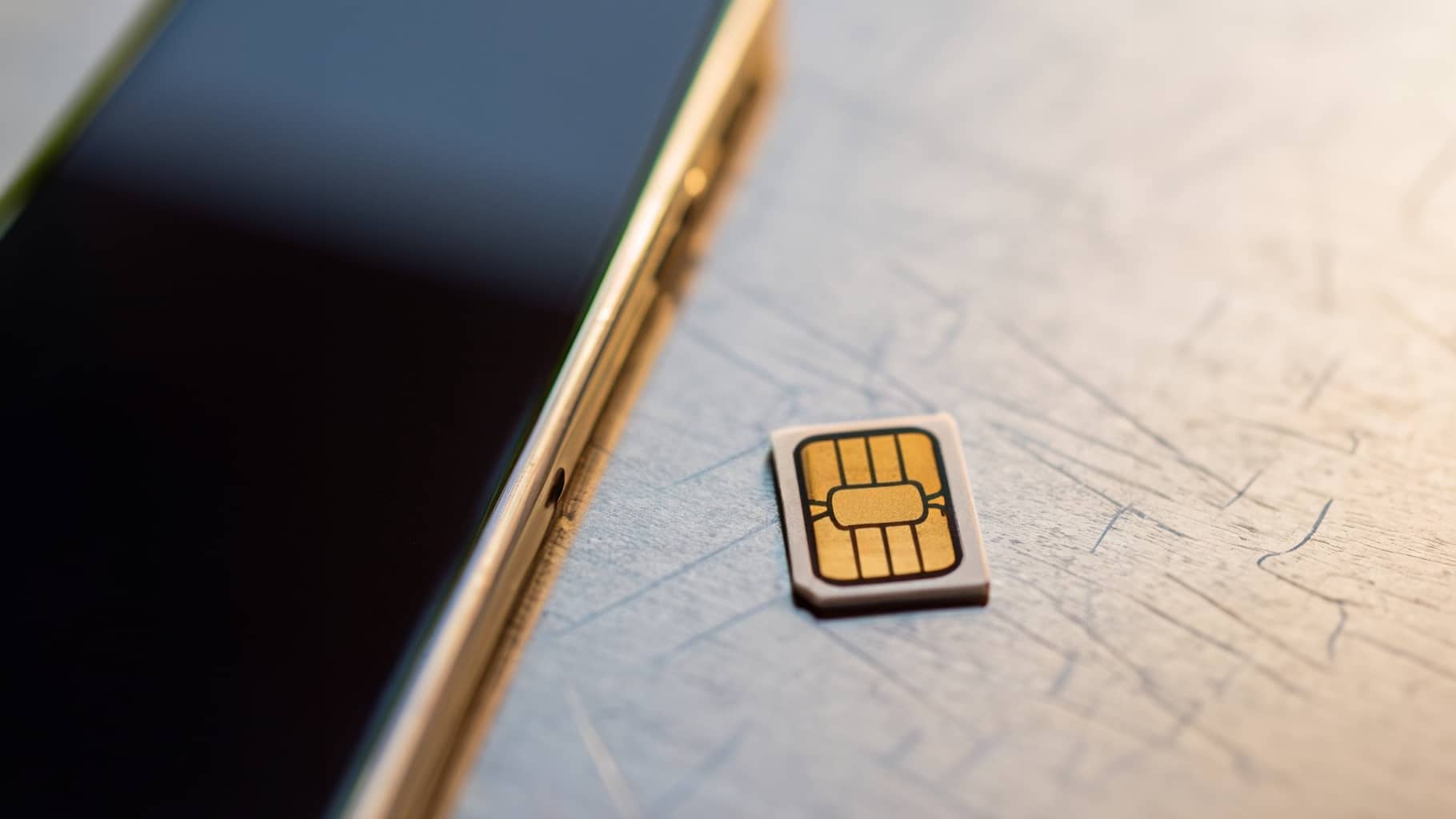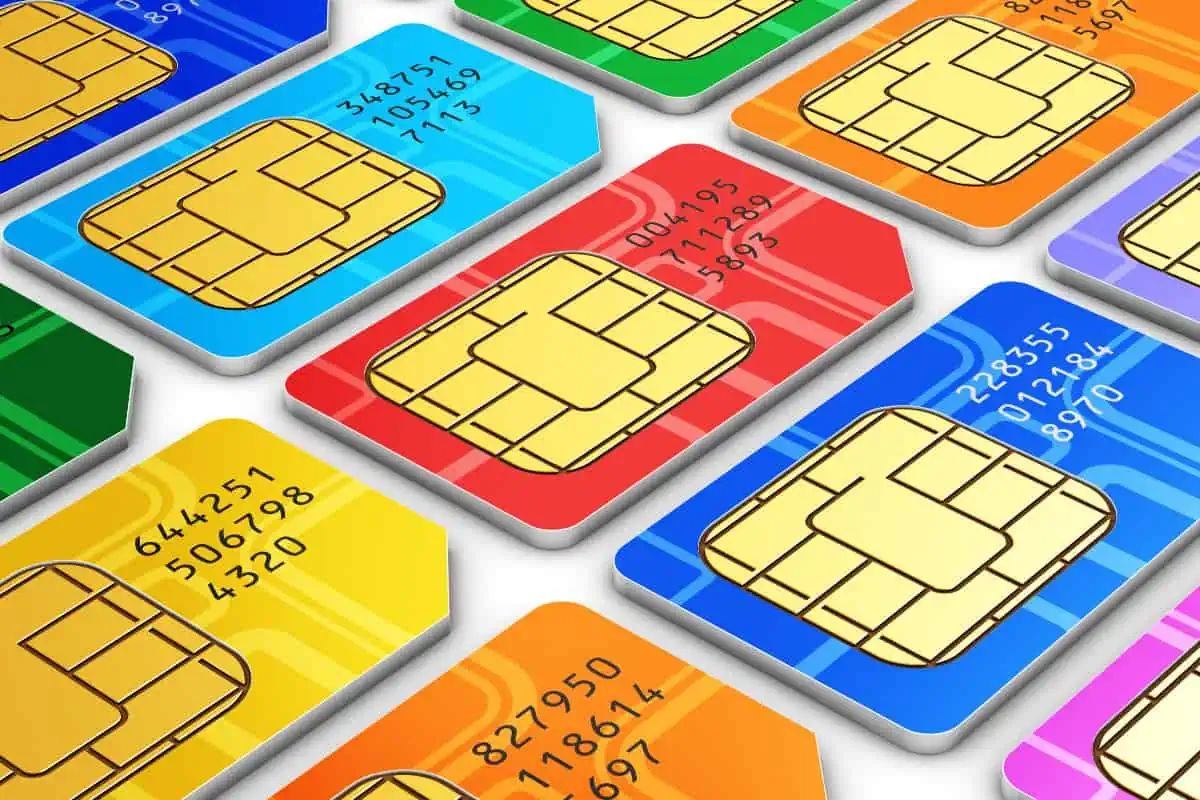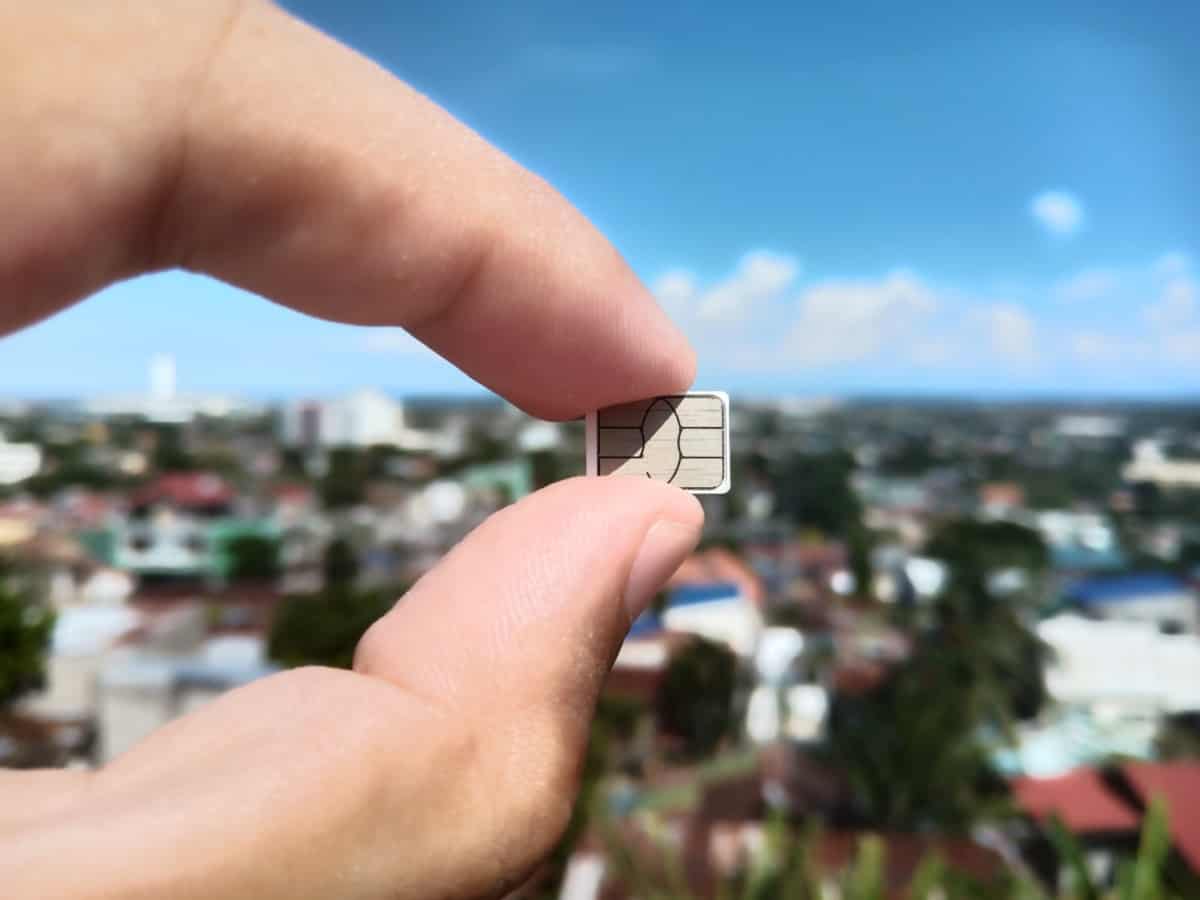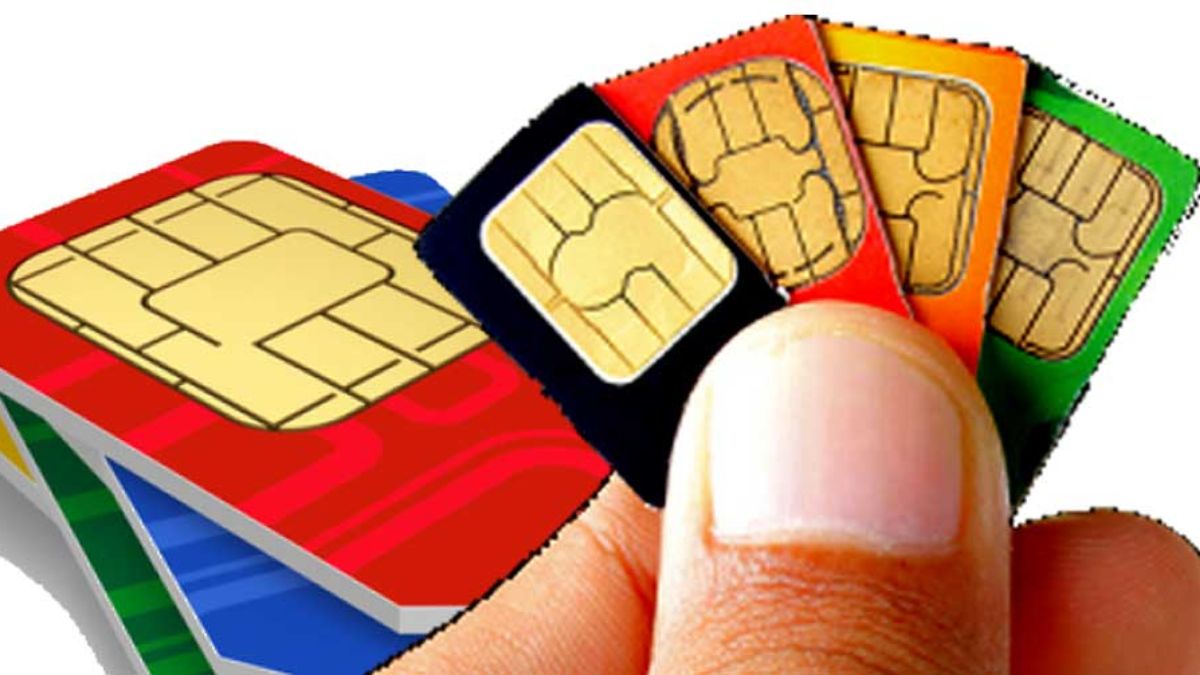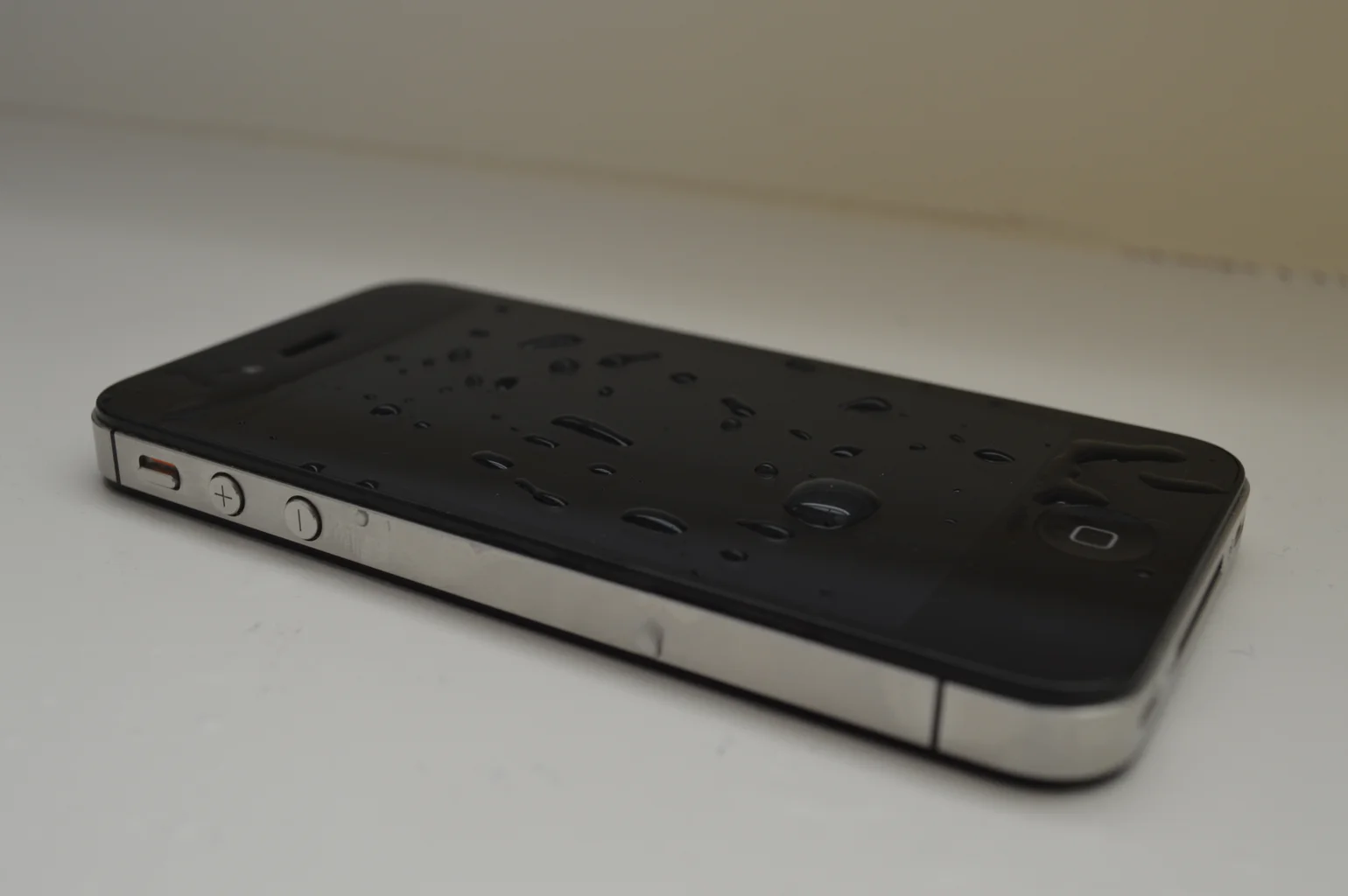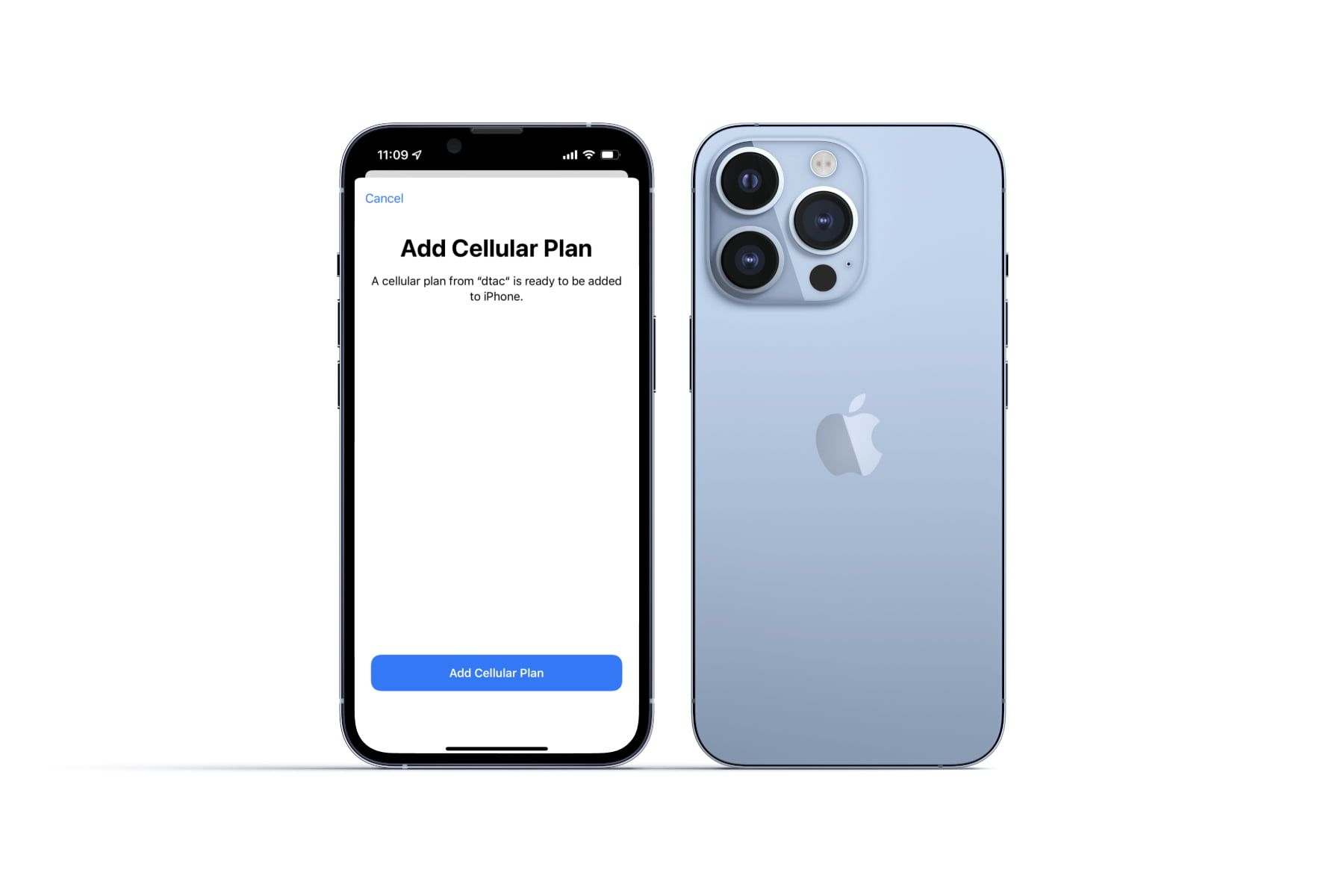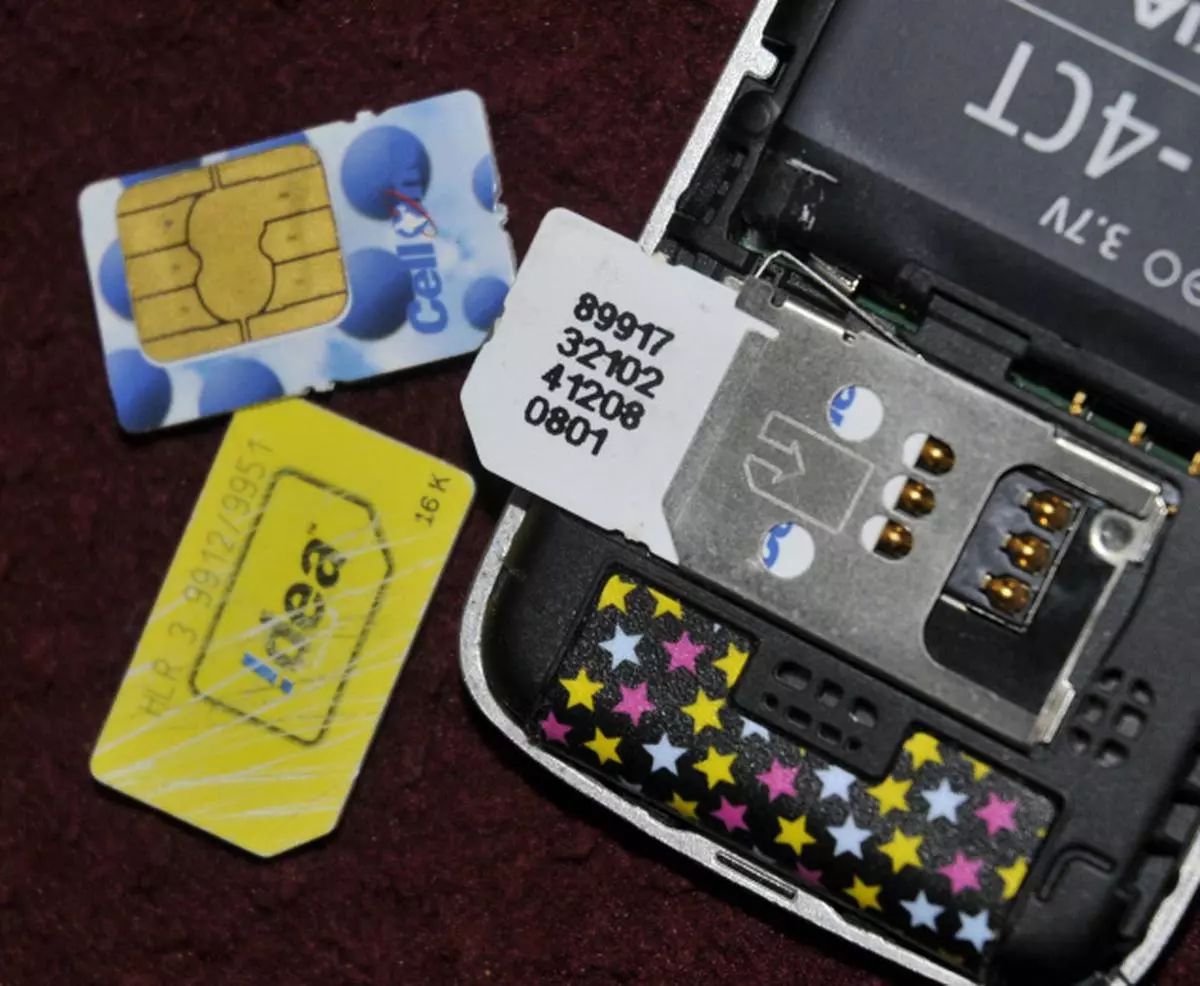Factors Affecting SIM Card Arrival Time
The arrival time of a SIM card is influenced by several key factors. Understanding these factors can help manage expectations and potentially expedite the process. Here are the primary factors that play a role in determining the arrival time of a SIM card:
-
Shipping Method: The chosen shipping method significantly impacts the arrival time of a SIM card. Standard shipping may take longer, while expedited or priority shipping options can significantly reduce the delivery time. It's essential to consider the shipping method when ordering a SIM card to ensure timely delivery.
-
Location: The geographical location of the recipient plays a crucial role in the SIM card's arrival time. Delivery times can vary based on the proximity to distribution centers, local postal efficiency, and potential customs clearance processes for international shipments.
-
Carrier Policies: Different mobile carriers have varying processing and shipping policies. Some carriers may have streamlined distribution networks, leading to faster delivery, while others may have longer processing times or rely on third-party shipping services, affecting the overall delivery speed.
-
Peak Periods and Holidays: During peak periods, such as holidays or promotional events, carriers and postal services may experience higher shipment volumes, potentially causing delays in the delivery of SIM cards. Understanding these peak periods can help manage expectations regarding delivery times.
-
Order Processing Time: The time taken for the carrier to process the SIM card order before shipment impacts the overall arrival time. Efficient order processing can expedite the delivery, while delays in processing may extend the waiting time for the SIM card to arrive.
-
Customization and Activation: If the SIM card requires customization or activation before shipment, such as personalized plans or special features, this process can contribute to longer delivery times. Understanding the specific requirements for activation can provide insights into the expected arrival time.
By considering these factors, individuals can gain a better understanding of the potential waiting time for their SIM card to arrive. Moreover, being aware of these variables allows for informed decision-making when selecting shipping options and managing expectations regarding the delivery process.
Tips for Minimizing Waiting Time
When it comes to obtaining a SIM card in a timely manner, there are several proactive measures that individuals can take to minimize waiting time and expedite the delivery process. By leveraging these tips, individuals can enhance their overall experience and swiftly gain access to essential mobile services. Here are some effective strategies for minimizing waiting time when ordering a SIM card:
-
Select Expedited Shipping: Opting for expedited shipping methods, such as priority or express delivery, can significantly reduce the waiting time for a SIM card to arrive. While standard shipping may entail longer delivery periods, expedited options often prioritize the dispatch and transportation of the SIM card, expediting its arrival at the designated address.
-
Verify Shipping Address Accuracy: Ensuring the accuracy of the shipping address is crucial for minimizing waiting time. Double-checking the recipient's address details during the ordering process can prevent potential delivery complications, such as misrouted shipments or delays due to incorrect address information. A precise shipping address facilitates smooth and prompt delivery.
-
Monitor Tracking Information: Once the SIM card has been dispatched, actively monitoring the tracking information provided by the carrier can offer valuable insights into the shipment's progress. Tracking details enable recipients to anticipate the delivery date and make necessary arrangements to receive the SIM card promptly upon arrival, thereby minimizing waiting time.
-
Leverage Carrier Notifications: Many carriers offer notification services that provide real-time updates on the status of the shipment. Subscribing to these notifications allows individuals to stay informed about the SIM card's transit and delivery, enabling them to prepare for its arrival and reduce waiting time by promptly receiving the package.
-
Plan Ahead for Peak Periods: Anticipating peak periods, such as holidays or promotional events, and placing the SIM card order well in advance can mitigate waiting time. By proactively scheduling the order during non-peak periods, individuals can avoid potential shipment bottlenecks and expedite the delivery process.
-
Utilize Local Pickup Options: Some carriers and shipping services offer local pickup options, allowing recipients to collect their SIM cards from designated facilities or partner locations. Opting for local pickup can bypass conventional delivery times, providing a convenient and expeditious means of obtaining the SIM card.
By implementing these proactive measures, individuals can effectively minimize waiting time and optimize the delivery process when ordering a SIM card. These strategic approaches empower recipients to proactively manage the shipment's progress and expedite the arrival of their essential mobile communication services.
Understanding the Activation Process
The activation process of a SIM card is a pivotal stage that directly influences its usability and functionality. Understanding the intricacies of SIM card activation is essential for individuals seeking to expedite the integration of mobile services into their devices. The activation process typically involves a series of steps aimed at initializing the SIM card, enabling it to connect to the carrier's network, and facilitating seamless communication. Here's a detailed insight into the fundamental aspects of the SIM card activation process:
-
SIM Card Compatibility: Before initiating the activation process, it's crucial to ensure that the SIM card is compatible with the intended mobile device and the selected carrier's network. Compatibility issues can hinder the activation process, leading to delays in establishing cellular connectivity.
-
Activation Methods: Carriers offer various methods for activating a SIM card, including online activation through the carrier's website or mobile app, in-store activation at authorized retail outlets, or activation via customer service representatives. Understanding the available activation methods enables individuals to choose the most convenient and efficient approach based on their preferences and circumstances.
-
Personal Information Verification: During the activation process, individuals may be required to provide personal information for verification purposes. This may include details such as the recipient's name, address, identification number, and the SIM card's unique identification code. Ensuring the accuracy of this information is crucial for a smooth activation process.
-
Network Configuration: Upon successful activation, the carrier configures the SIM card to establish connectivity with its network. This involves assigning a unique phone number, activating mobile data services, and enabling voice and messaging functionalities. The network configuration process is integral to ensuring that the SIM card is fully operational.
-
Testing and Confirmation: Following the activation and network configuration, individuals can conduct tests to verify the functionality of the SIM card. This may involve making test calls, sending messages, and accessing mobile data services to confirm that the activation process has been completed successfully.
-
Activation Timeframe: The timeframe for SIM card activation may vary depending on the carrier's processes and the chosen activation method. While some activations are instantaneous, others may take a few hours to complete. Understanding the expected activation timeframe allows individuals to anticipate the availability of mobile services upon successful activation.
By comprehensively understanding the activation process, individuals can navigate the complexities of SIM card integration with confidence and efficiency. This knowledge empowers users to proactively engage with the activation process, troubleshoot potential issues, and expedite the realization of seamless mobile communication capabilities.
What to Do if SIM Card Doesn't Arrive
In the event that the anticipated arrival of a SIM card is delayed or the card fails to reach its intended recipient, it is essential to take proactive steps to address the situation effectively. Here's a comprehensive guide on what to do if the SIM card doesn't arrive:
1. Verify Shipment Status
Initiate the process by verifying the current status of the shipment through the carrier's tracking system. Tracking information provides valuable insights into the whereabouts of the SIM card and can help identify any potential delivery issues or delays.
2. Contact the Carrier
Reach out to the carrier's customer service department to report the non-arrival of the SIM card. Customer service representatives can provide assistance in tracking the shipment, investigating potential delivery complications, and initiating necessary follow-up actions to expedite the delivery.
3. Confirm Shipping Details
Double-check the accuracy of the shipping address provided during the order placement. Ensuring that the address details are precise and up to date can help prevent misdeliveries and facilitate the prompt reshipment of the SIM card if required.
4. Request Reshipment
If the SIM card remains undelivered after a reasonable timeframe, request the carrier to initiate a reshipment of the card. Communicate any pertinent information obtained during the tracking and customer service interactions to expedite the reshipment process.
5. Explore Alternative Delivery Options
Inquire about alternative delivery methods or expedited shipping options that can facilitate the prompt delivery of the SIM card. Some carriers offer rerouting services or expedited delivery at minimal additional costs to address delayed shipments.
6. Consider Local Pickup
Evaluate the possibility of arranging for local pickup of the SIM card from designated carrier facilities or partner locations. Local pickup options can expedite the receipt of the card and provide a convenient alternative to traditional delivery methods.
7. Escalate the Issue
If the non-arrival persists despite the aforementioned efforts, escalate the matter within the carrier's customer service hierarchy. Request to speak with a supervisor or escalate the issue to the carrier's escalation team to ensure a thorough investigation and resolution of the non-delivery.
8. Review Refund or Replacement Policies
Familiarize yourself with the carrier's refund or replacement policies in the event of non-delivery. Understanding the available recourse options can provide clarity on potential solutions such as refunds, replacements, or alternative compensation for the inconvenience caused by the delayed delivery.
By following these proactive measures, individuals can effectively address the non-arrival of a SIM card, engage with the carrier's support channels, and expedite the resolution of the situation to ensure the timely receipt of the essential mobile communication services.







